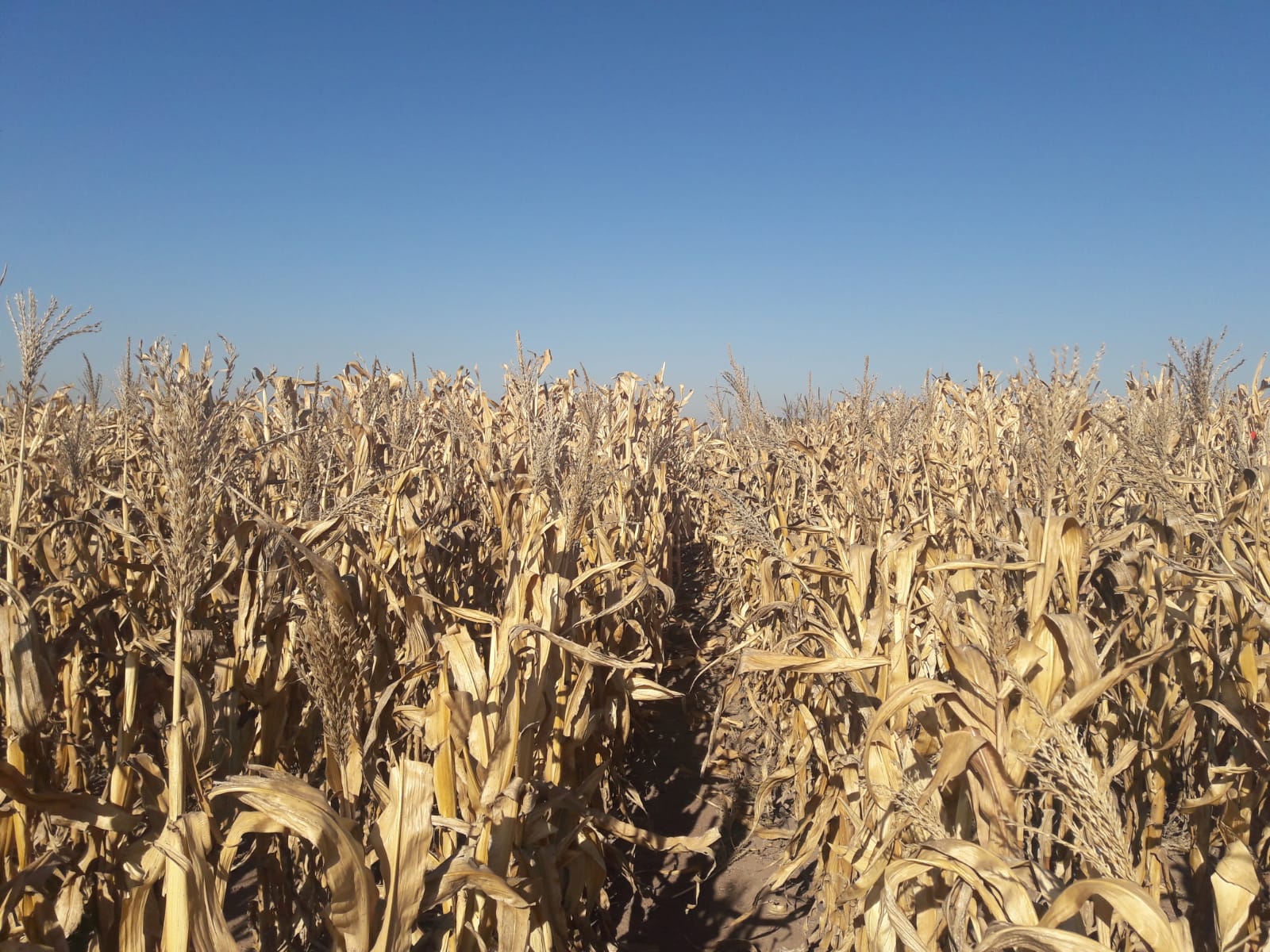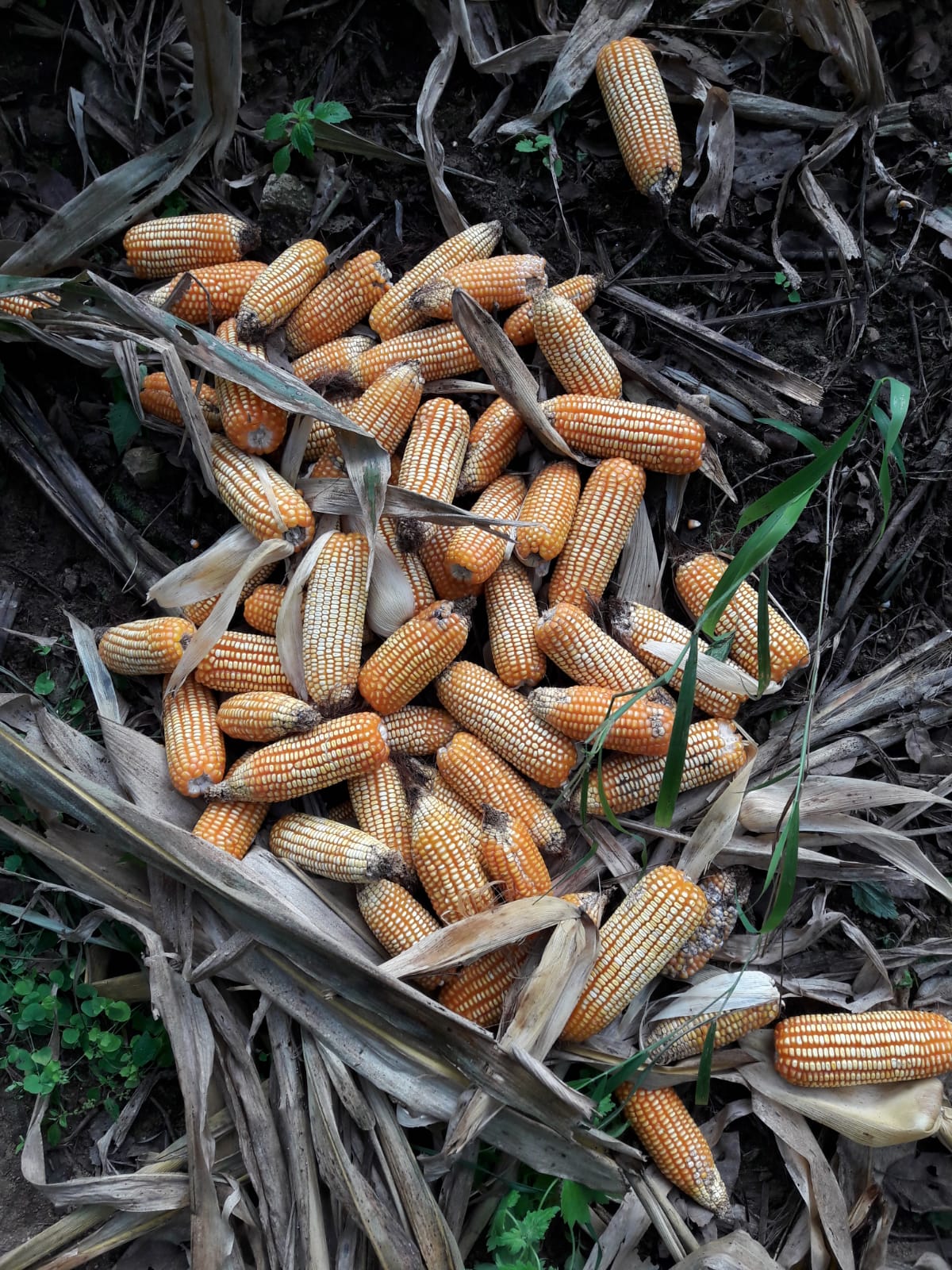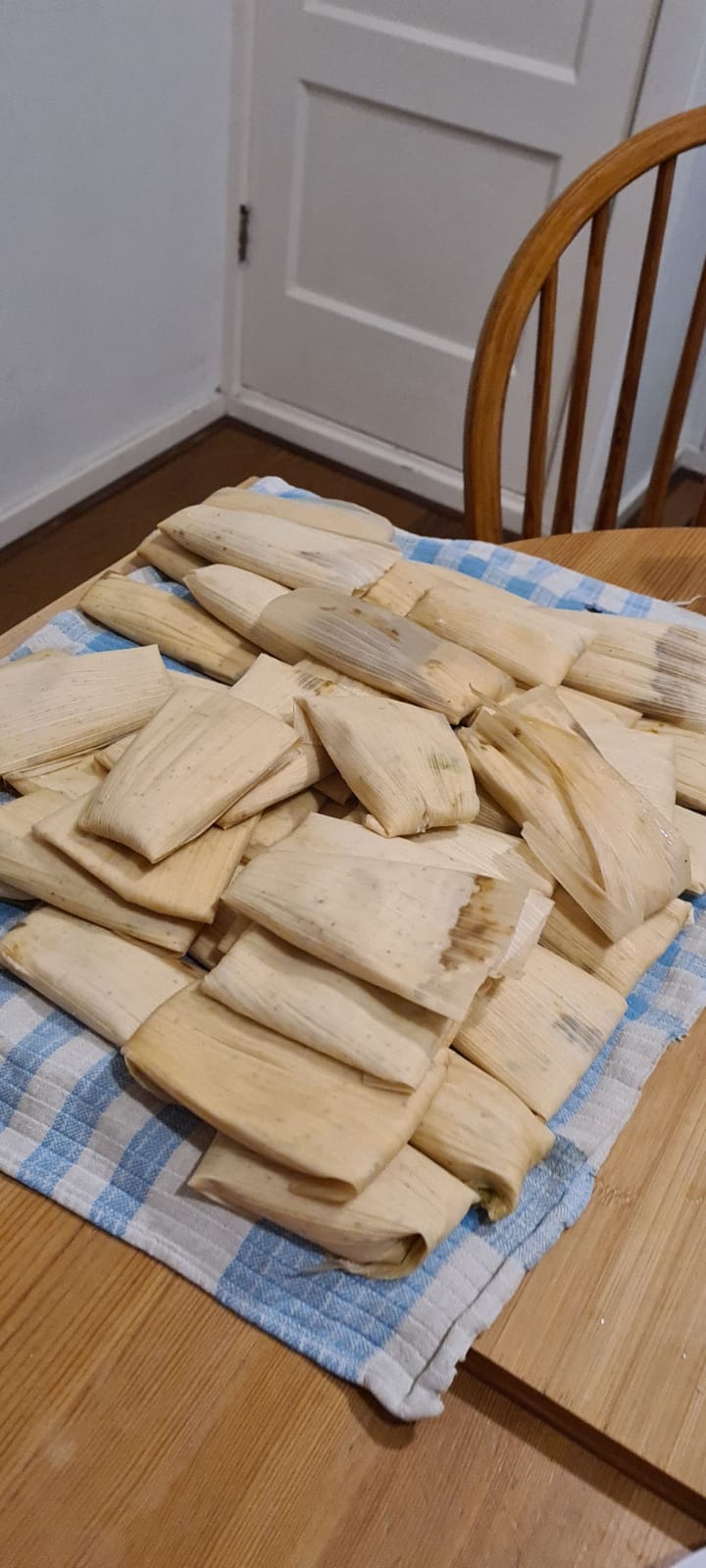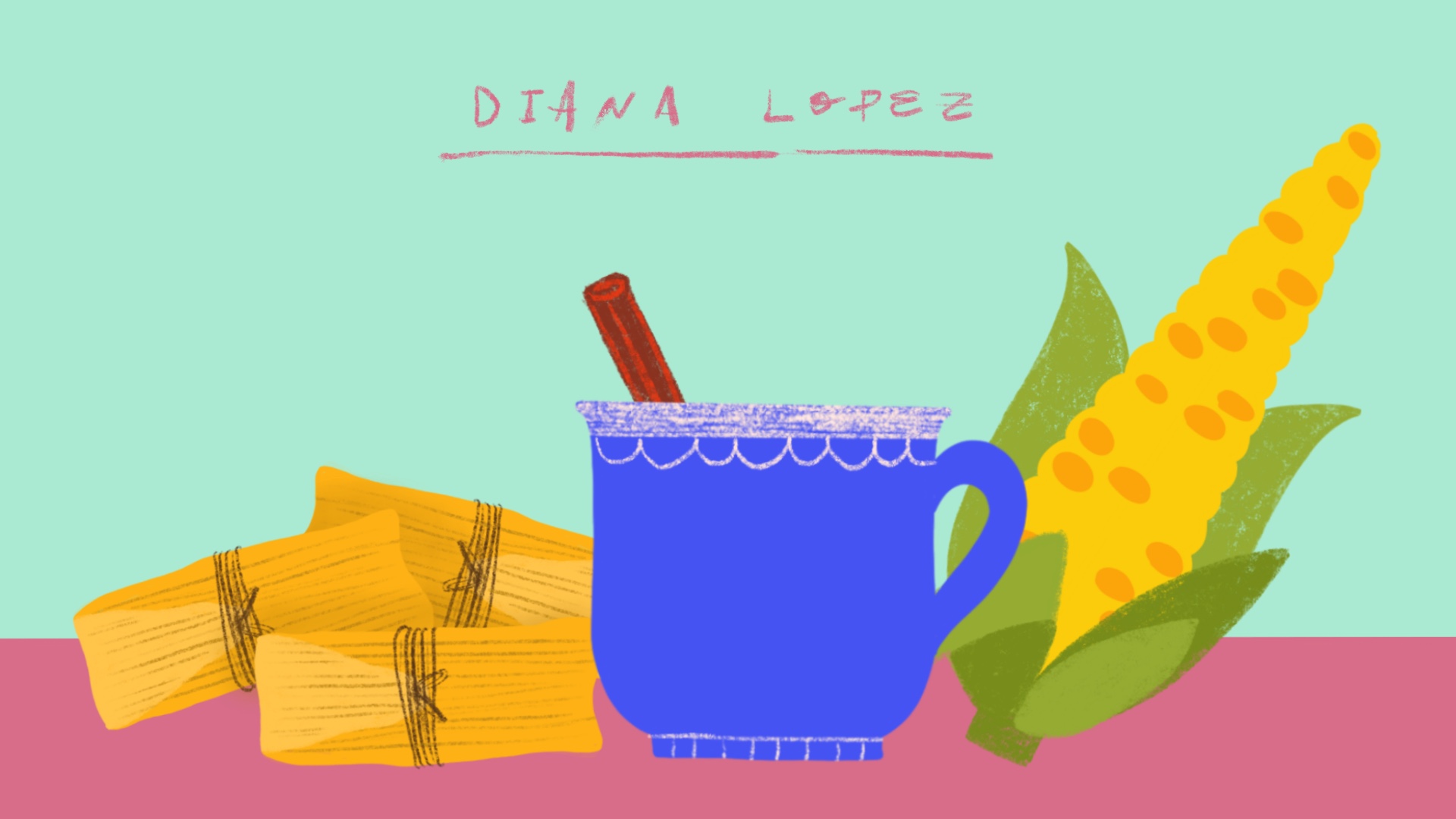Memories Wrapped in
an Ancient Grain
Table Talk chats with Diana as she traces memories of her grandfather’s sacred relationship with maize and unpacks it’s larger relevance for future generations.
That was 2010 – almost a decade ago. I’m on the phone with Diana today. Not sitting across the table, but miles away. We laugh as we try to add in the details and fill in the crevices of the memory we have of that evening. No easy feat, we quickly realize. But then again, nothing in comparison to the conversation we’re about to dive into.
“I hated eating when I was a child, and both my sister and I gave my mum a tough time when it came to mealtimes. Luckily my grandmother, who was around a lot, quickly realized that by blending food and giving it to me to drink rather than eat somehow worked better! That’s how I grew up loving soups!” shares Diana when I ask her about her first memory of food. Diana was born in Mexico City and then moved to the city of Veracruz where she was closer to her grandparents. “My grandfather had a shop that would sell wholesale food items like dried tortillas, dried candies and chillies so I still remember how the house smelt!” It was there that her relationship with food changed - from drinking soupy meals to spending Christmas and Easter holidays labouriously preparing tamales and drinking champurrado.
We paused for a moment here. It isn’t often that you casually share that you grew up eating dishes that not only have roots in ancient civilizations but were also eaten in the “same, exact way.” Tamales, for instance, originated in Mesoamerica. To prepare it, ancient cooks from Aztec and Mayan civilizations invented a process called nixtamalization, where corn kernels were soaked in lime-water and then peeled. The result was an easily malleable grain, which was then kneaded to a dough called masa. Masa was traditionally stuffed with local vegetables and today, it is more commonly stuffed with cooked meat, seafood and cheeses. The final product, wrapped in a dried corn husk or masorca, is what we know as a tamale.
Similarly, champurrado, a warm beverage, dates back to centuries where it is paired with another ancient Mexican ingredient – chocolate. Today the recipe involves the use of chocolate added to masa, mixed with water or milk and spices like cinnamon or vanilla. The addition of these spices goes to show the adaptation of this drink by Spanish conquerors, who brought with them various spices. Diana, however, warns me of not comparing it to a hot chocolate, explaining that Mexicans “use chocolate very differently”, referring to the use of the bitter cocoa beans.

“We believe we are people of the corn.”
So corn in everything then?
“We believe we are people of the corn. The earliest human was born out of maize, from the soil. So 90% of what we consume – food, clothing, jewellery, and how we live- culture, religion, traditions begins and ends with maize”, shares Diana with palpable pride. In Mexico itself, archaeologists have traced the lineage of the kernel and found fossilized popped corn kernels over 5,000 years old. It is no wonder that people from the land revere and have a deep, sacred bond with the earth. “My grandfather was a maize farmer and worked in a milpa. He referred to it as his milpa indicating how deeply attached he was to it, something that was larger than “ownership”, you know? He grew maize in the traditional way, alongside beans and squash”, explains Diana.
Milpa, the pre-Hispanic agricultural system that Diana refers to, was used across Mesoamerica and still survives today in villages throughout Mexico. But if one looks closely, one learns how the milpa is larger than an agro-economic cropping system. It is a socio-cultural construct that brings villages together and honours the seed of the earth. Diana shares how her interest in this unique relationship with the crop took her to Chiapas, a state in southern Mexico, earlier this year; “the birthplace of maize”, as some believe. She spent time with a farmer and saw first-hand how deeply connected he was to the land. She saw how this sentiment was shared by the entire village, women and children included, and how it is an inseparable part of their identities and daily existence.



“So what’s modern Mexico’s relationship with maize like?” I ask Diana, bringing us back to 2020. “Mexicans are proud people and maize often binds us together. It is very much part of our identity.” Whether it’s the quick, popular snack of esquite (corn fried in butter, mixed with lime chilli and mayo), or a bowl of pozole (a spicy soupy stew made from dried large white corn kernels simmered for hours with meat) or tacos (hand-sized corn or wheat tortilla topped with a filling), maize is still the ultimate vehicle for all the vibrant flavours the world attributes to Mexican cuisine. With street-food that was invented before streets were even conceptualized, the Mexican love affair with easy-to-carry, on-the-go cuisine has only strengthened in the modern era.
As we bring the conversation to a close, we acknowledge that painting a broad stroke of “Mexican food” across the country robs the regions of their individual identity. We’d probably need a lifetime of conversations to traverse the various narratives that surround Mexican cuisine today. Particularly, narratives of an ancient grain and how it shaped cultures, survived conquests and how it still plays a crucial role in today’s global economy.
And while history continues to be shaped through bloody conquests and treasured chests, the golden grain clearly has a story of its own; one that needs more listening.


